Wolves have long been a symbol of the wild, embodying the untamed spirit of the wilderness. While these majestic creatures typically shy away from human interaction, history has recorded a handful of chilling encounters that defy their usual behavior. Here, we delve into ten terrifying instances of wolf attacks on humans that might just send a shiver down your spine. Brace yourself for tales that range from historic confrontations to modern-day encounters, each as unsettling as the last.
1. The Wolves of Gévaudan
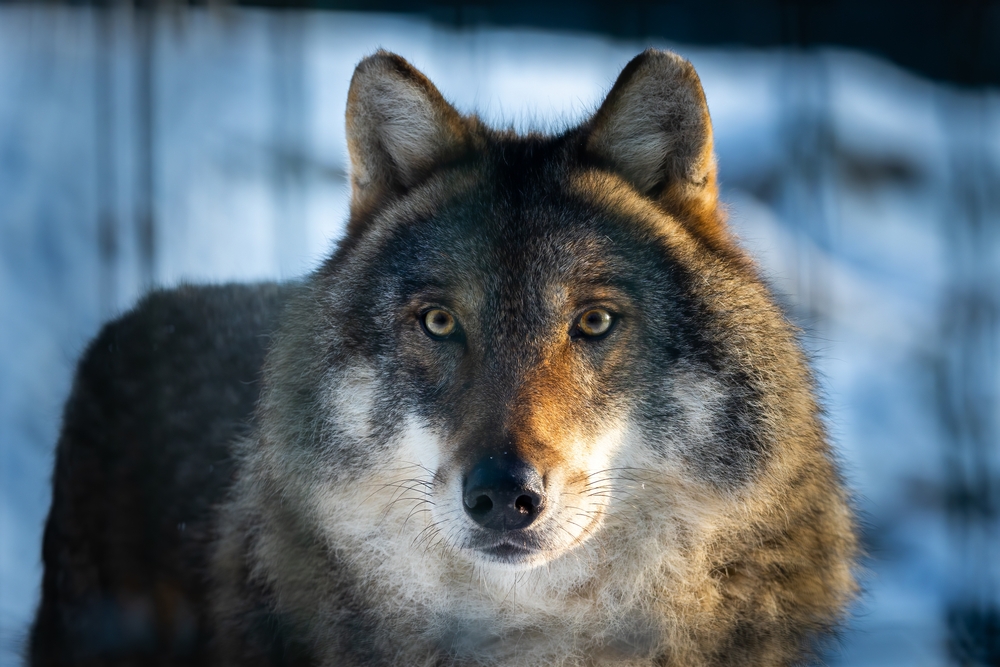
In the 18th century, the French region of Gévaudan was terrorized by a series of brutal attacks, allegedly carried out by a mysterious beast, often believed to be a wolf or a wolf-dog hybrid. According to historical accounts, between 1764 and 1767, this creature claimed the lives of over a hundred people, mostly women and children, instilling fear throughout the countryside. While locals and hunters alike sought to eliminate the threat, the beast proved elusive, evoking a mix of fear and fascination.
The beast’s reign of terror eventually ended when a large wolf was killed in 1767, leading to tales and legends that still persist today. The attacks in Gévaudan not only highlight the potential dangers wolves can pose but also underscore the blend of myth and reality that can emerge in the face of fear. Even today, the story of Gévaudan captures the imaginations of those intrigued by unsolved mysteries and the power of folklore.
2. The Wolves of Kirov Oblast
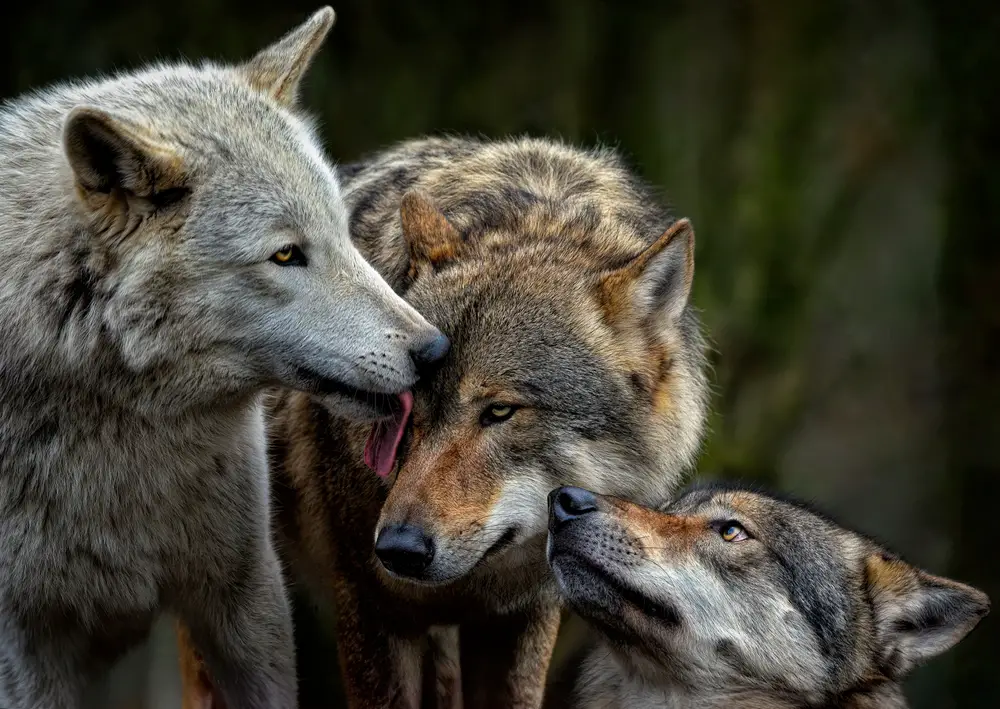
In the early 20th century, wolves in the Kirov Oblast region of Russia began exhibiting unusually aggressive behavior, attacking and eating livestock and humans alike. During the harsh winters of 1944, a particularly severe shortage of food drove these wolves to target villages, resulting in several fatal encounters. This tragic period saw an estimated 22 people killed, with horrifying tales of wolves even entering homes in search of sustenance.
The dire situation prompted the government to take drastic measures, dispatching hunters and soldiers to curb the wolf population. These efforts, combined with milder winters in subsequent years, eventually reduced the frequency of attacks. Yet, the memory of those harrowing days lingers in the region, a stark reminder of the desperation and danger that can arise when the balance of nature is disturbed.
3. The Wolves of Lulworth Cove
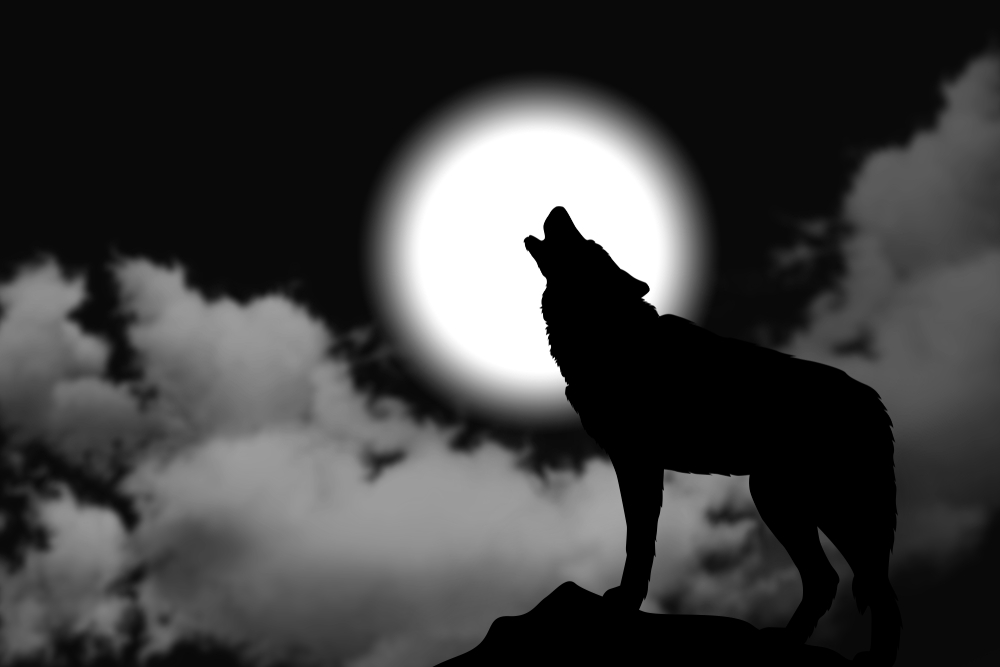
The picturesque setting of Lulworth Cove in England’s Dorset coast belies the chilling events that took place in the early 20th century. In 1922, a small pack of wolves escaped from a private collection and roamed the countryside, causing panic among local residents. According to news reports, the wolves attacked and injured several people before they were recaptured or killed, leaving a trail of fear in their wake.
Though no fatalities resulted from this incident, the idea that such powerful predators were loose in a populated area left a lasting impression. The Lulworth incident serves as a cautionary tale about the potential consequences of keeping wild animals in captivity. It also highlights the thin line between admiration for the wild and the potential danger it can represent when boundaries are crossed.
4. A Winter’s Night in Alaska
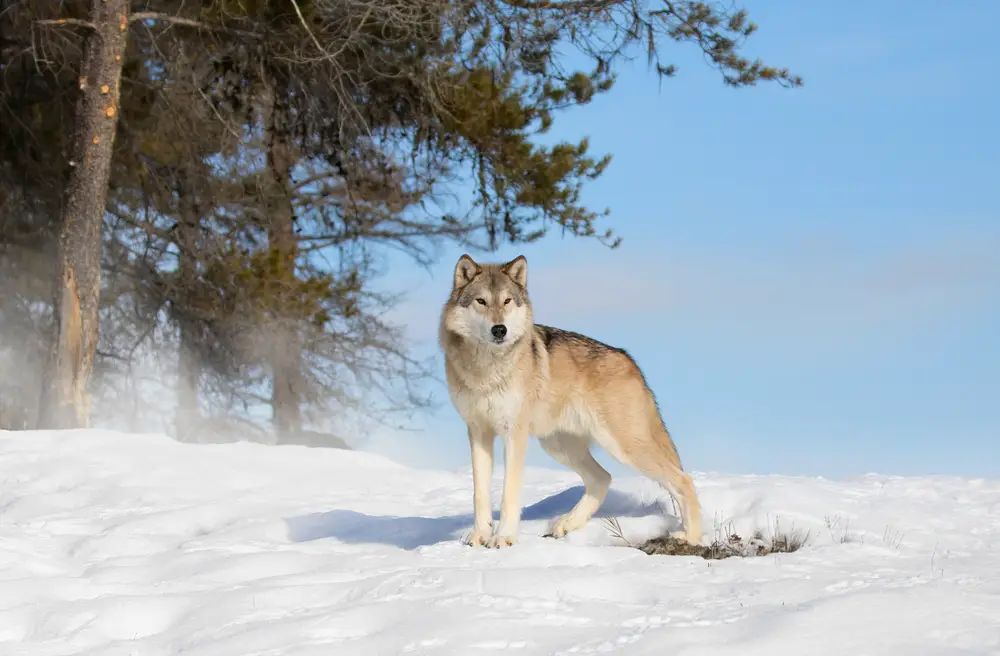
In the remote Alaskan wilderness, the harsh winters create a setting where survival is a daily challenge, both for humans and wildlife. One winter evening in 2000, a man out on a solitary trek found himself unexpectedly surrounded by a pack of wolves. As the wolves closed in, the man’s only hope lay in his quick thinking and resourcefulness. Using flares and making loud noises, he managed to fend off the persistent pack, keeping them at bay until he reached the safety of a nearby cabin.
The encounter was a stark reminder of the unpredictable nature of wildlife interactions, especially in such isolated areas. While the man emerged unscathed, the experience left him with a deep respect for the power and presence of wolves in their natural habitat. It also serves as a testament to the importance of preparation and presence of mind when venturing into the wild.
5. The Wolves of Estonia’s Forests
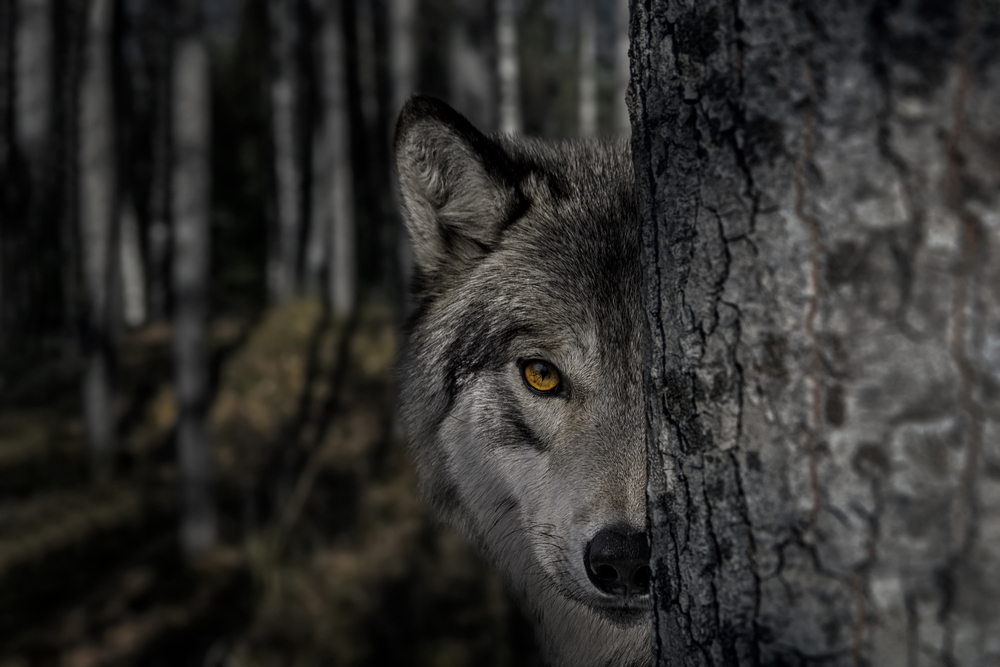
In the dense forests of Estonia, a chilling encounter unfolded in 2018 when a group of men, on a routine fishing trip, found themselves face-to-face with an unexpected wolf. Initially mistaking the animal for a dog due to its relaxed demeanor, the men helped the creature from an icy river, only to later realize its true wild nature. Once warmed up, the animal’s behavior shifted, awakening their instinctual fear of the predator.
This incident highlights the fine line between human and wolf interactions, especially in regions where their habitats overlap. The men quickly contacted local wildlife authorities, ensuring that the wolf was safely returned to its natural environment. The story is a fascinating glimpse into the complexities of human-wildlife relationships and the need for awareness and respect for these powerful creatures.
6. The Wolves of Northern Italy

In the scenic landscapes of Northern Italy, a series of wolf attacks in the 1970s left a haunting legacy on the local communities. Reports of wolves preying on livestock and occasionally threatening humans led to a state of unease and fear among the rural populace. These occurrences were compounded by the wolves’ elusive nature, making it difficult for authorities to effectively manage the situation.
Efforts to address the wolf attacks involved a combination of protective measures for livestock and an increased understanding of the wolves’ behavior and needs. Over time, coexistence strategies emerged, aiming to reduce conflicts and foster a more balanced relationship between humans and wolves. Despite these efforts, the tales of those attacks continue to echo through the regions, a testament to the enduring challenge of living alongside wildlife.
7. The Wolves of Kenton, Oklahoma
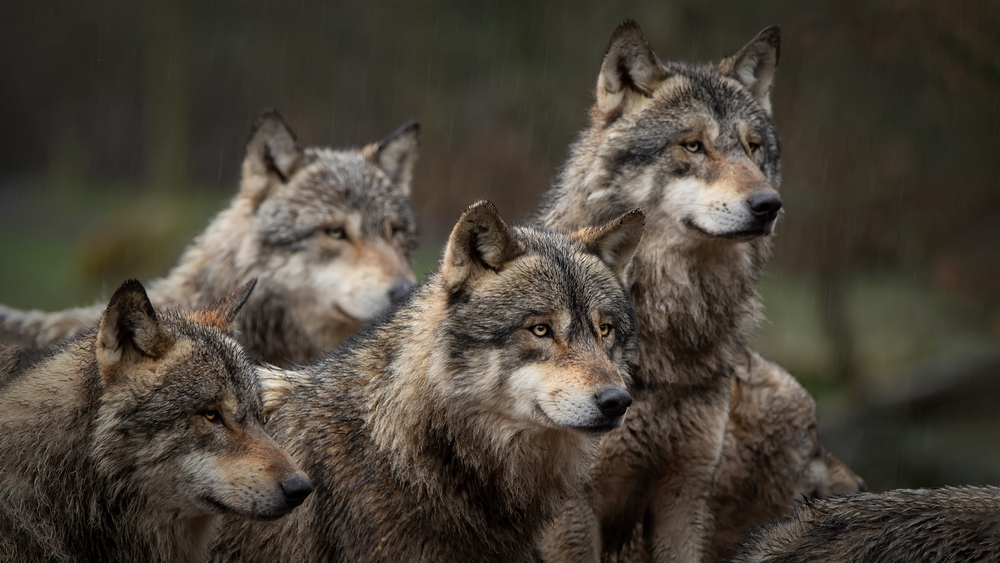
In the small town of Kenton, Oklahoma, in the early 20th century, a series of wolf attacks captured the community’s attention and fear. As the wolves preyed on livestock, they occasionally ventured closer to human settlements, leading to a tense atmosphere among the residents. The boldness of these wolves was unusual, as they typically avoided human contact, leading to speculation about their motivation.
Community efforts to protect livestock and safeguard households became a priority, involving both traditional and innovative methods. The attacks eventually subsided, but they left a lasting impact on how the residents viewed wolves and the natural world. This period in Kenton’s history serves as a reminder of the unpredictable interactions that can occur when human and wildlife territories overlap.
8. The Wolves of Amur River
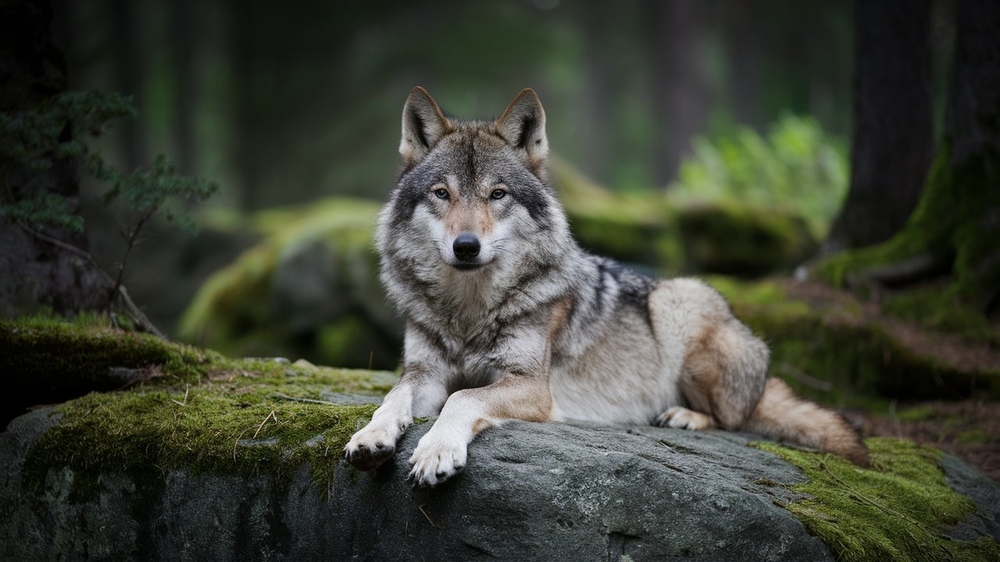
Along the Amur River in Russia, the harsh winters of the 1930s saw wolves taking desperate measures to survive. With food scarce, these wolves began venturing into villages, attacking both livestock and humans in their search for sustenance. The encounters created a climate of fear, leaving the residents in a constant state of vigilance against the lurking predators.
Efforts to address the situation involved coordinated hunting parties and increased monitoring of wolf activity. Over time, these actions, along with a natural shift in prey availability, reduced the frequency of attacks. The events along the Amur River underscore the complex dynamics between humans and wildlife in regions where resources can become critically limited.
9. The Wolves of Northern Spain
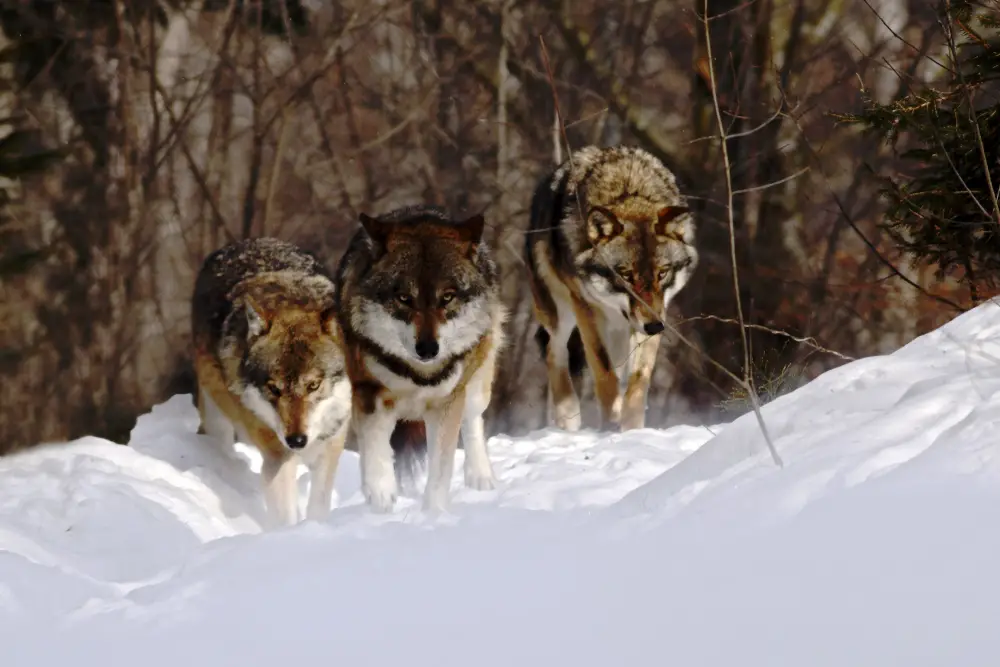
In the rugged terrains of Northern Spain, the 1980s witnessed a surge in wolf attacks, primarily targeting livestock but occasionally involving confrontations with humans. These incidents prompted widespread concern among local farmers, whose livelihoods were directly impacted by the persistent threat. As tensions rose, authorities sought to balance wildlife conservation with the protection of rural communities.
Innovative of equilibrium in the region. However, the stories of those attacks remain part of the cultural memory, illustrating the ongoing challenge of coexisting with powerful predators.
10. The Wolves of Saskatchewan
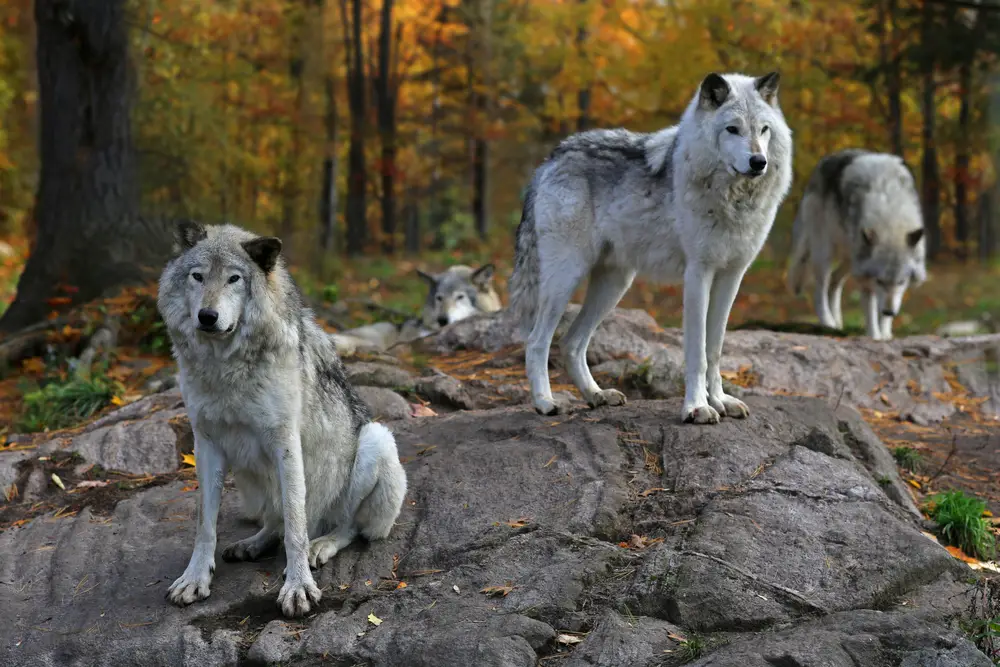
In the vast expanses of Saskatchewan, Canada, the winter of 2005 brought a rare and unsettling encounter between humans and wolves. A group of campers, enjoying the solitude of the wilderness, found themselves unexpectedly surrounded by a pack of curious but aggressive wolves. As the wolves tested the boundaries, the campers used tactics such as making loud noises and creating fire to deter the curious pack.
The encounter ended without incident, but it left the campers with a newfound respect for the unpredictable nature of wildlife in their domain. This experience highlights the importance of preparedness and awareness when venturing into territories where human presence is the exception, not the rule. It also serves as a reminder of the delicate balance that exists between humans and the wild, urging respect and caution in these shared spaces.
